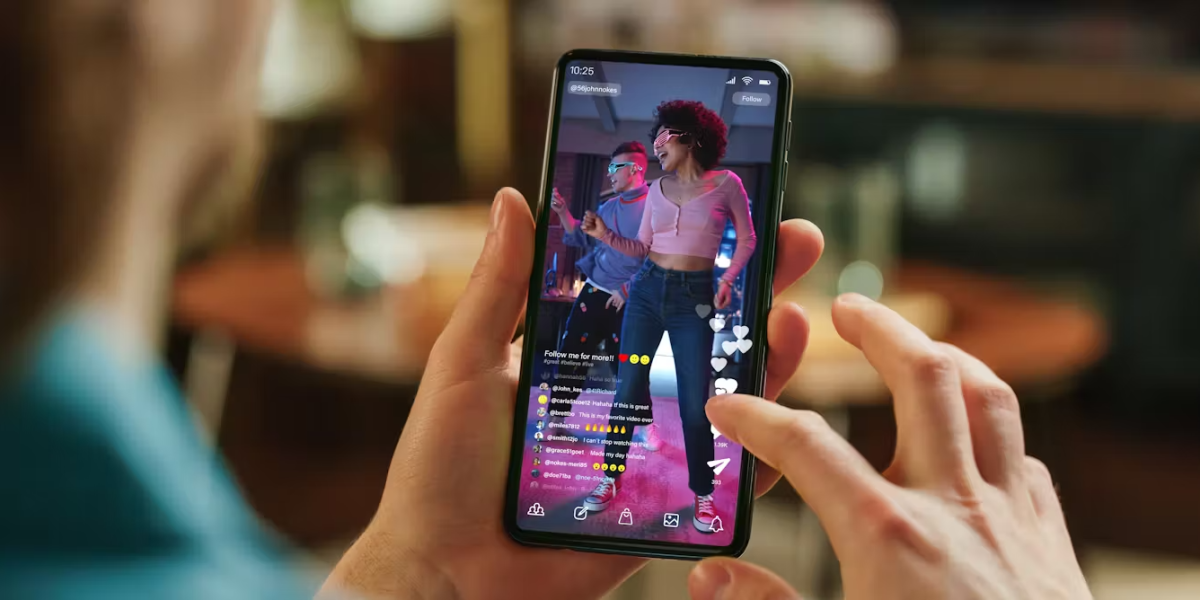Think about what you were doing before you got here. Maybe a moment ago or a few hours ago. Were you jumping from video to video on YouTube? Swiping on Instagram or TikTok? Have you started an episode of a series on Netflix and left it halfway?
Chances are, some of those activities sound familiar to you. Constantly jumping from one digital content to another or moving back and forth in it has become a very common behavior. Theoretically, we do it to distract ourselves and combat boredom. If something doesn’t entertain us enough, we simply move on to the next thing, and so on. But is it really an effective way to relieve boredom?
We live in an era with an unprecedented entertainment offering, especially in the digital sphere. And, paradoxically, we continue to get bored just as much as before, or even more. In fact, some studies show that this feeling has increased among adolescents in the last two decades. What is happening?
Caught in the attentional loop
Boredom is often defined as a frustrating experience: we want to engage in something that fulfills us, that is immersive and that captures our attention, but we can’t.
Psychology delves into this concept and relates it to attentional processes. From this perspective, it is produced by the activity of an attentional loop.
That is, we all have an “ideal” level of attention that we aspire to when engaging in an activity, and then there is the “actual” level that we experience. Often, both are very distant from each other: the attention that the activity demands of us is far from what we want to achieve, especially because our “ideal” level is usually unrealistic.
Being aware of how far we are from reaching this level is what gives us a feeling of boredom. And this increases and prolongs over time, since it is a mechanism that works in a loop. We tell ourselves: “You are far from the ideal level of care, do something to fix it.” But these attempts only maintain or even increase the distance.
Factors such as a lack of novelty, meaning, autonomy, or challenge widen the gap between our current state and our ideal, further increasing boredom.
The paradox of the mobile phone as a solution to boredom
The feeling in question is usually associated with negative sensations such as frustration, emptiness and dissatisfaction. We perceive it as something unpleasant and abnormal, and that is why we want to escape from that state.
The need to flee drives us to explore and try different alternatives. And one of the most accessible is the mobile phone: we take it out of our pocket and we have entertainment for a long time. It seems like the perfect remedy against boredom, right? Well, science suggests the opposite.
For example, using the cell phone during the work day, at times when we are most tired and bored, actually increases the feeling of boredom. Additionally, it reduces the enjoyment of social interactions in the real world. a study shows that having the device on hand when meeting friends distracts us and makes the social experience less pleasant.
All this may seem contradictory. Wasn’t it supposed to be the solution to boredom and allow us to connect with anyone, anywhere?
The trap ofswitching digital”
It seems that the culprit is not so much the mobile phone, but how we use it. This is where the concept of “digital switching” comes into play, that common habit of compulsively switching from one digital content to another.
A recent investigation sheds light on the relationship between this habit and boredom. In several experiments, the researchers placed each participant in two different situations. In the first, they could entertain themselves by watching several videos and had the option to jump freely from one to another for ten minutes (condition switch). In the second, they could only watch a single video for the same amount of time (condition no-switch).
Counterintuitively, when volunteers were allowed to change videos they experienced more boredom, less satisfaction, and less attention than if they were only allowed to watch one video. This pattern of results was repeated when the conditions were freely rewinding and forwarding through a video (switch) or were prohibited from doing so (no-switch).
It was also observed in more natural situations, such as when they could browse and watch YouTube videos freely for ten minutes (switch) or see only one during that same time (no-switch). In all cases, participants reported higher levels of boredom in the switch condition than in the no-switch condition.
The authors of the study suggest that the attentional loop is responsible for that increase. We switch from one digital content to another because the current one does not capture our attention at the “ideal” level. Furthermore, by having access to an enormous repertoire, We think that another option could offer us that dose of attention that we are looking for.
Thus, we jump to the next video and our attention also jumps, momentarily disconnecting. New content recaptures our paused attention, but only superficially. We soon realize that it does not satisfy us either and we jump again. And so on.
This process feeds back to the attentional loop: since the attention we dedicate to each video is superficial and is interrupted with each jump, the distance between our attentional state and the ideal remains great, thus increasing our frustration and boredom. On the other hand, when we do not have the option to switch between contents, the experience is more immersive and we achieve greater attentional involvement, similar to that of watching a movie in the cinema.
So, although our cell phones offer us an almost infinite range of entertainment, they are not the panacea against boredom. At least, if we don’t know how to use them properly. He “switching digital” is a habit that we should try to control and replace with others that focus on immersion and conscious attention.
















